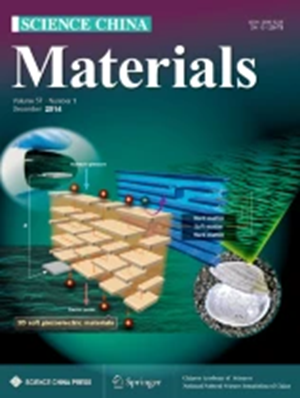Eco-friendly small molecule with polyhydroxyl ketone as buried interface chelator for enhanced carrier dynamics toward high-performance perovskite solar cells
Abstract
Buried interface defects pose a significant challenge to achieving high efficiency and stability of n-i-p perovskite solar cells (PSCs). A multifunctional material is essential for passivating interface defects, suppressing non-radiative recombination, and facilitating rapid carrier transfer at these interfaces. Herein, a new multifunctional eco-friendly small molecule, D-fructose, was introduced into the interface as a modification layer, playing a significant role in passivating defects not only among SnO2 quantum dots (QDs), but also between perovskite and SnO2 QDs. The coordination bonds of the C=O group with Pb2+ and Sn4+/Sn2+, along with the hydrogen bonds of the –OH group with I− in perovskite, contribute to this passivation process. Meanwhile, this multifunctional collaboration at the buried interface not only triggers uniform heterogeneous nucleation across the perovskite precursor film, leading to high-quality perovskite, but also effectively eliminates residual PbI2 at grain boundaries to suppress perovskite degeneration. Achieving a more suitable energy level alignment between perovskite and SnO2 QDs can smooth the interface barrier, thereby facilitating the formation of an electron bridge for rapid electron extraction and transfer. Consequently, the D-fructose based PSC has achieved a champion efficiency of 24.91% with negligible J-V hysteresis, along with excellent stability.

 求助内容:
求助内容: 应助结果提醒方式:
应助结果提醒方式:


